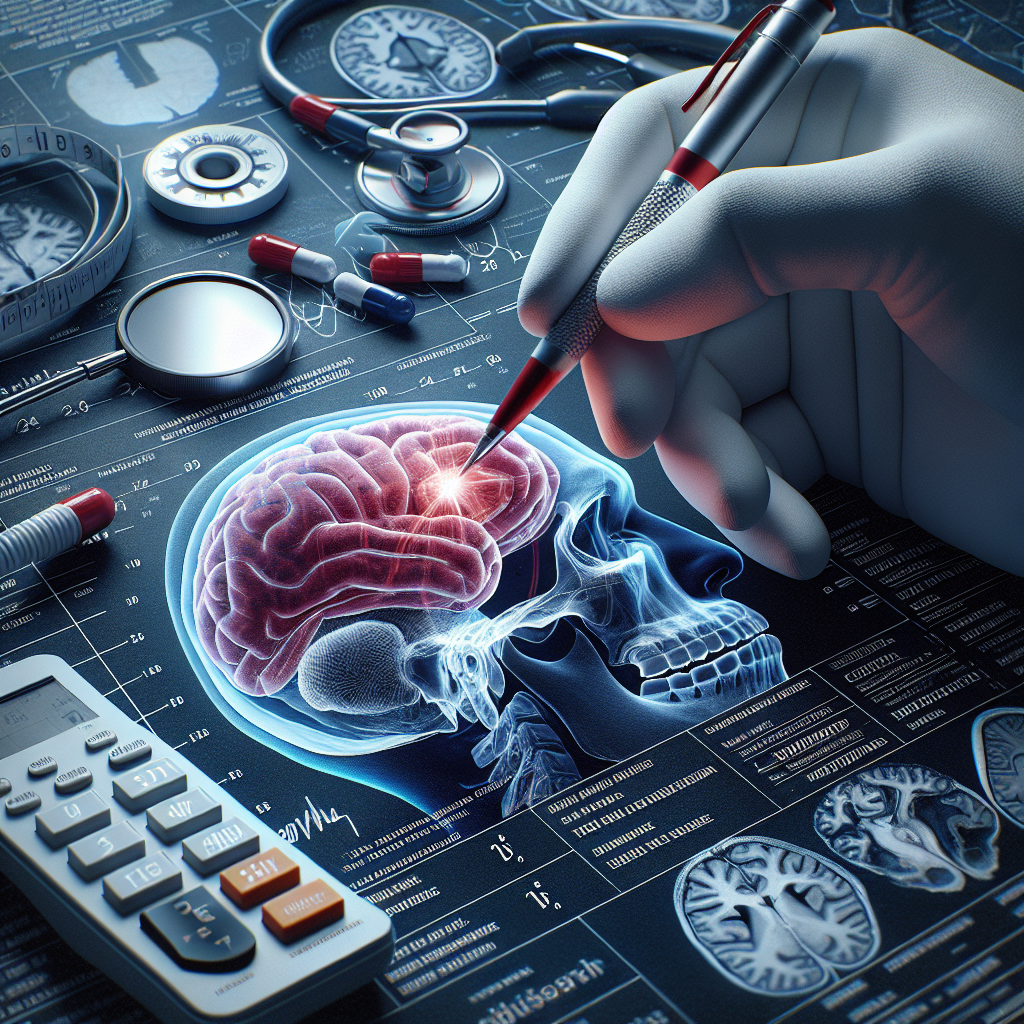Concussion Test: Assessment Types
- Holly Wild

- Aug 21, 2024
- 2 min read
Concussions are a common occurrence in car accidents, the workplace, sports fields to the emergency room. Diagnosing a concussion promptly and accurately is crucial for providing appropriate care and ensuring the best possible outcomes for patients.
In this blog post, we will walk you through the essential steps and methods used to test for concussions.
Understanding Concussion
Before diving into the testing methods, let's briefly touch upon what a concussion is. A concussion is a type of traumatic brain injury caused by a blow to the head, jolt to the body, or any impact that shakes the brain. It can lead to various symptoms, including headaches, dizziness, confusion, and memory problems.
Concussion Signs and Symptoms
Recognizing the signs and symptoms of a concussion is the first crucial step in the diagnostic process.
Common symptoms may include:
Headache
Nausea or vomiting
Dizziness
Fatigue
Sensitivity to light or noise
Confusion
Memory problems
Testing for Concussion
Clinical Assessment
1. Symptom Evaluation:
One of the primary methods used to test for a concussion is through a comprehensive symptom evaluation. Healthcare professionals will interview the patient to assess the presence and severity of symptoms associated with concussions.
2. Cognitive Testing:
Cognitive tests, such as the Standardized Assessment of Concussion (SAC) or the Sport Concussion Assessment Tool (SCAT), can help evaluate memory, concentration, and other cognitive functions which are often affected by concussions.
Physical Examination
3. Neurological Examination:
A thorough neurological examination is essential to assess the patient's reflexes, coordination, balance, and sensory responses. Any abnormalities in these areas can indicate a potential concussion.
Imaging Studies
While imaging studies like CT scans or MRIs are not always necessary for diagnosing a concussion, they may be recommended in cases of severe head trauma or when other serious conditions are suspected.
Concussion Assessment Tools
4. Impact Applications Mobile:
The Impact Applications Mobile suite offers various tools for healthcare professionals to assess and manage concussions, including symptom checklists, cognitive assessments, and recovery tracking.
5. SCAT5:
The Sport Concussion Assessment Tool 5 (SCAT5) is a standardized tool used for evaluating athletes with suspected concussions. It includes a symptom checklist, cognitive assessment, and balance evaluation.
Testing for a concussion
Testing for a concussion involves a combination of clinical assessment, cognitive testing, physical examination, and, in some cases, imaging studies. By following a systematic approach and utilizing the appropriate tools and methodologies, healthcare professionals can effectively diagnose and manage concussions. Remember, early detection and proper management are key to ensuring optimal outcomes for patients.

Stay informed, stay prepared, and most importantly, prioritize the health and well-being of your patients. Thank you for your dedication to providing quality care in the field of healthcare.
TBI CENTER OF NEW YORK
Concussion Testing and EEG 🩺🤕📊
Neurofeedback 🧠🔄
🏠📍 30 S Ocean Ave Suite 102
📍 Freeport NY 11520 🇺🇸
📞 347-218-8818







Comments